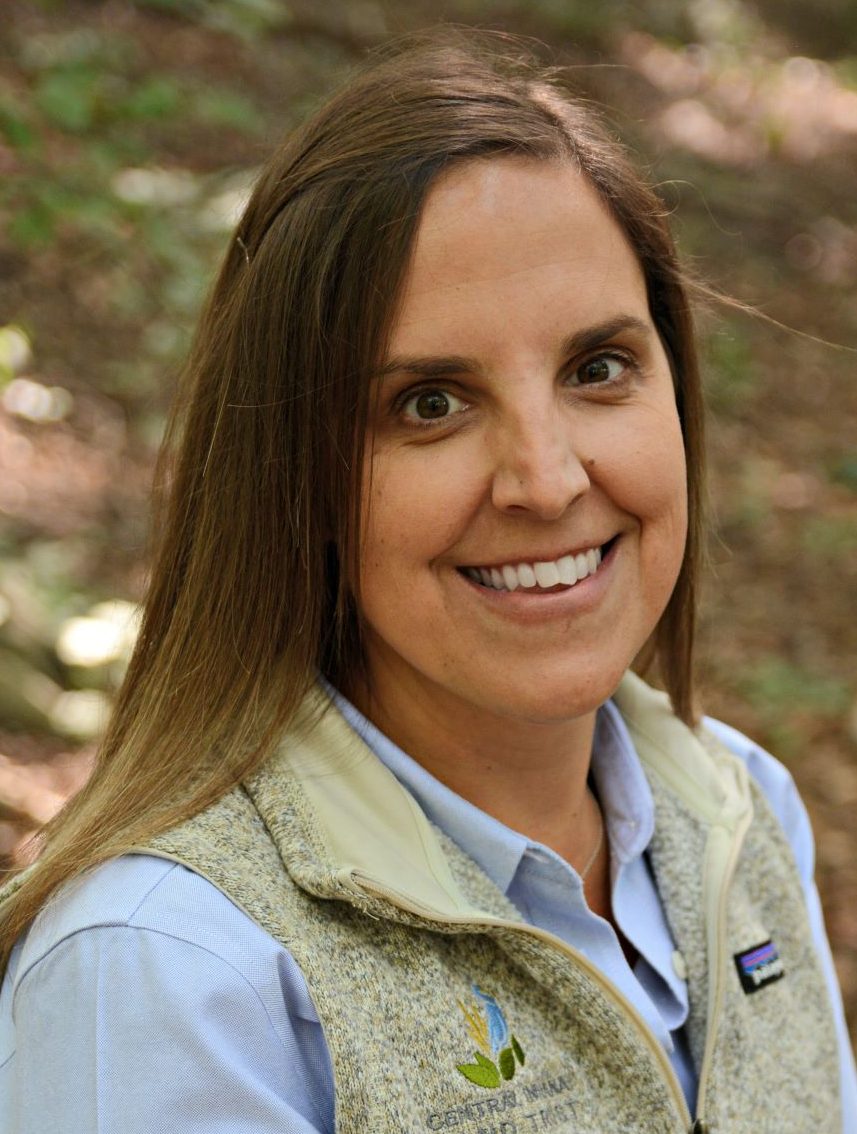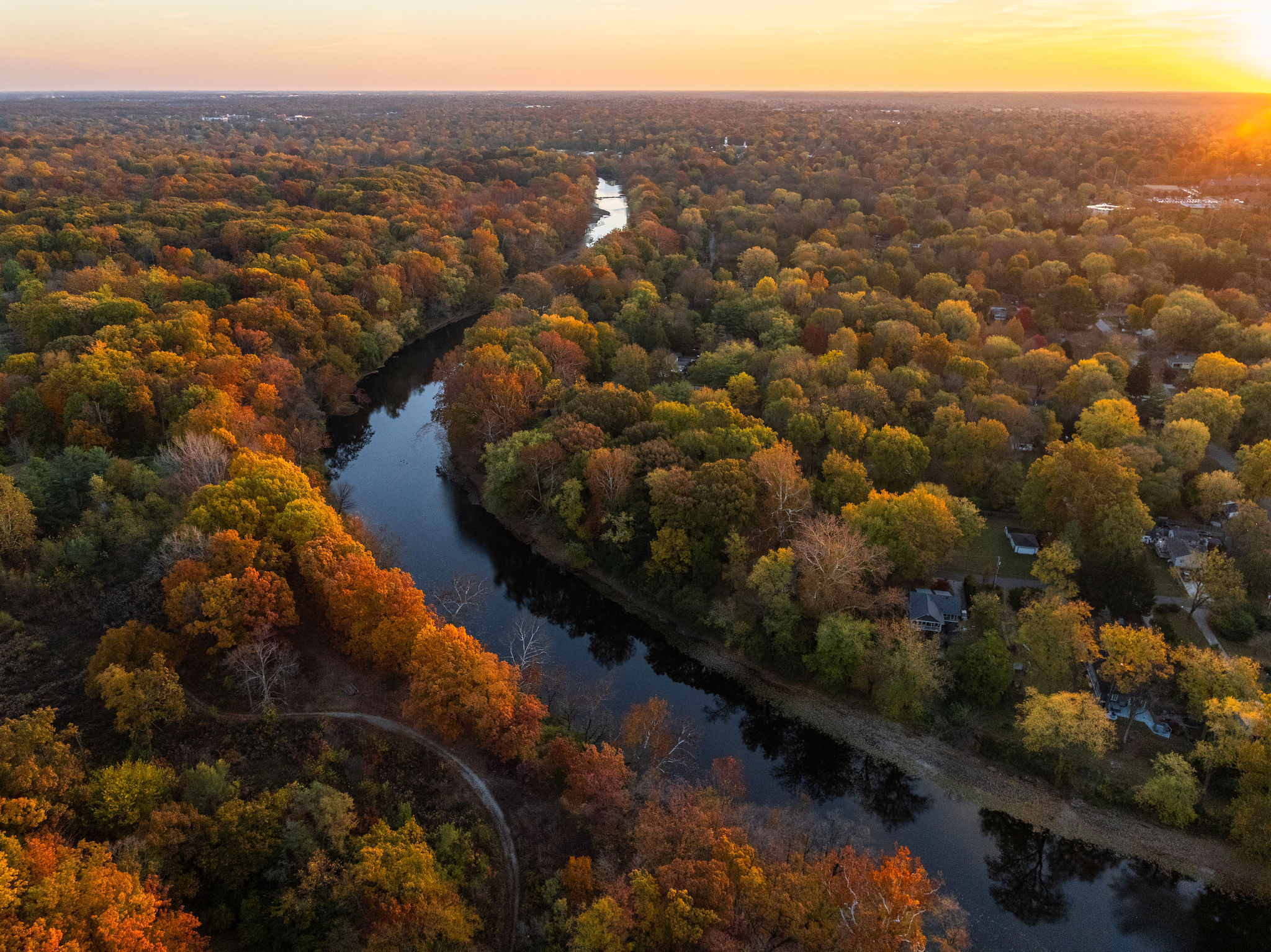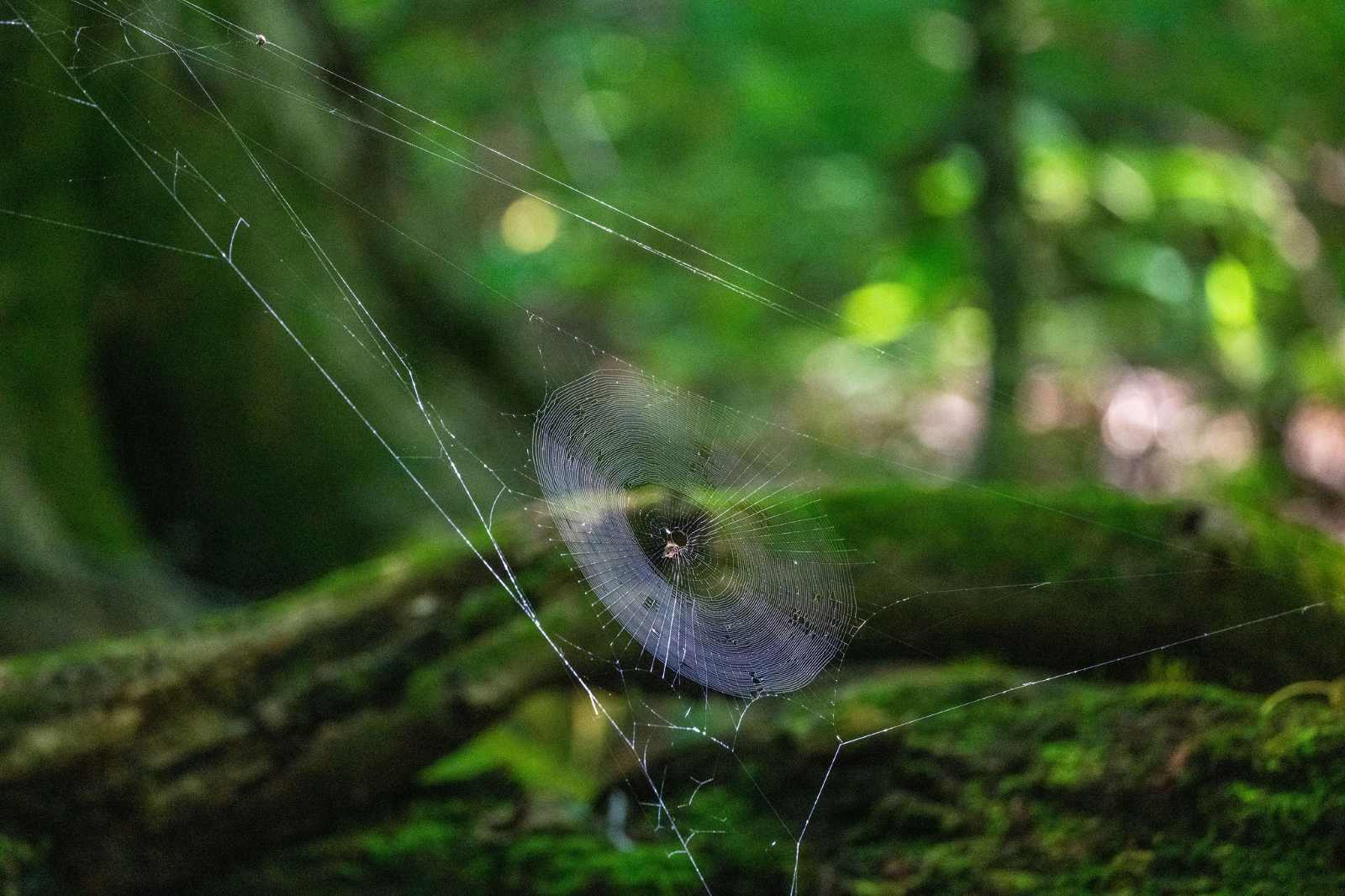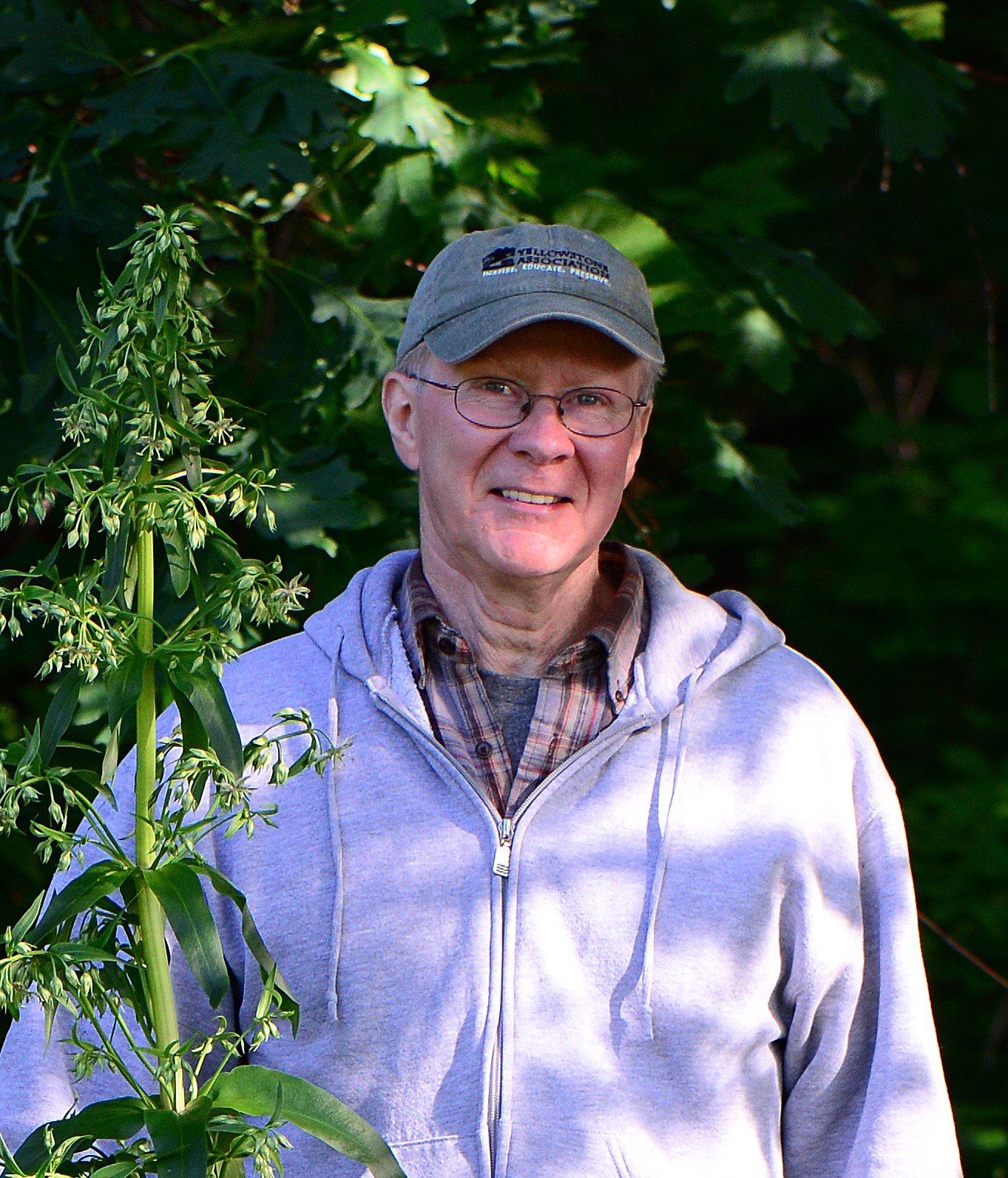
controlled burn
Controlled burn
Controlled burn to assist habitat restoration at Fishers’ Krauss Nature Preserve
Written By: Jen Schmits Thomas
Date Published: December 4, 2017
Jen Schmits Thomas
The Central Indiana Land Trust (CILTI) will conduct a controlled burn on approximately 28 acres of the Nonie Werbe Krauss Nature Preserve on Dec. 6, weather permitting. The preserve is located at the southwest corner of 116th Street and Eller Road in Fishers.
Controlled burning is used for resource management in natural areas to help restore habitats, control invasive species and benefit wildlife.
“We want to give residents plenty of notice so no one is alarmed by the burn,” said CILTI Executive Director Cliff Chapman. “We also want to use this as an opportunity to explain that burns are a standard practice in the proper management of natural areas.”
“Fire is nature’s way of managing prairies and forests,” continued Chapman. “Because we have so few uncontrolled burns, it’s necessary to plan controlled burns to ensure that the ecosystems in our prairies and oak woodlands stay healthy. Fire helps to eliminate invasive species and allow native plants to prosper.”
The Land Trust has contracted with Davey Resource Group, a division of Davey Tree Expert Company, to conduct the burn. Davey’s trained staff will be uniformed and all vehicles and equipment marked. Prior to the burn, professionals have conducted site preparation that included buffering areas surrounding the burn.
The burn plan has been approved by the Indiana Department of Environmental Management (IDEM), and CILTI sent letters to nearby businesses and residents last month to notify them the burn would happen.
Previously known as the Wapahani Nature Preserve, the 77-acre preserve was renamed in 2015. The preserve features a restored prairie and bottomland forest along the White River. The prairie is being managed to become a burr oak savanna over the coming decades. Over 19,000 trees were planted in the bottomland forest. Common species found include a variety of prairie grasses, prairie dock, milkweed, monarch butterflies, Baltimore oriole, belted kingfisher, grasshopper sparrow and American mink. Parking is available behind Riverside Middle School (10910 Eller Road, Fishers) after 4 p.m. on weekdays and anytime on weekends.
About the Central Indiana Land Trust Inc. (CILTI)
The Central Indiana Land Trust works with landowners to protect and enhance natural areas to ensure there are natural places all Hoosiers can enjoy now and in future generations.
MEDIA CONTACT: Jen Schmits Thomas, 317-441-2487, jen@jtprinc.com
# # #
Controlled burn FAQs
Why are controlled burns necessary?
Fire is a natural process for Indiana natural areas. Because we have so few uncontrolled burns, it’s necessary to plan controlled burns to ensure that the ecosystems in our prairies and oak woodlands stay healthy. Fire is actually nature’s way of managing a forest. Fire helps to eliminate invasive species and allow stronger plants to prosper.
What happens during a controlled burn?
Most of the time spent for a controlled burn is before the burn day. A written plan outlines where the burn will occur on the property, how it will be conducted and under what weather conditions. The plan must be approved by the Indiana Department of Environmental Management. The area is prepared by establishing buffer areas, which involve clearing downed wood, moving and clearing leaf litter.
After ignition takes place using a drip torch, the fire is allowed to back burn. The fire along the fire break is then put out. As we progress, we continually monitor our line and the two crew bosses are in communication, keeping each other apprised of the progress each crew is making. Once the backburn and flanks of the unit are blackened, the two crews will light a head fire, moved along by the wind. The head fire moves across the unit quickly. After the head fire is lit, we continue to monitor the unit, particularly the downwind side for embers in the air. Once the fire is complete, there is an after-action review of the fire. Some of the crew will go out again to make sure the fire unit is secure.
Who conducts the actual burn?
CILTI personnel are involved in the planning, but the actual burn is done by professionals who are trained in conducting burns. In this case, CILTI has contracted with Davey Resource Group, a division of Davey Tree Expert Company, to conduct the burn. Davey’s trained staff will be uniformed and all vehicles and equipment marked.
How long does a burn usually take?
It depends on size, weather and habitat. It could take less than an hour or several hours.
How long will the burn at the Krauss preserve take?
It will depend on weather and how wet the area is, but most likely will be less than one hour.
What happens after the burn?
The burn crew inspects for anything in the area that is retaining heat and douses it with water. The crew doesn’t leave until the area is completely out with no embers burning.
Will the area be open after the burn?
Yes.

Ben Valentine
Guest Blogger
Ben Valentine is a founding member of the Friends of Marott Woods Nature Preserve and is active in several other conservation organizations. He leads a series of NUVO interviews with Indiana's environmental leaders, and he cherishes showing his son all the wonders of nature he grew up loving.

DJ Connors
Guest Blogger
DJ Connors, a Central Indiana native and late-to-life hunter, combines a lifelong appreciation for wildlife and the outdoors with a deep passion for exploring the natural beauty of the area he has called home for most of his life. As a husband and father of three, he is committed to ensuring his children have the same opportunities to connect with nature and appreciate the outdoors in their community. DJ’s unique journey into hunting emphasizes sustainability, responsible stewardship, and the importance of preserving these experiences for future generations.

Bridget Walls
Guest Blogger
Bridget is our first ever Communications and Outreach Intern. She is a graduate of Marian University, where she combined English, studio art, and environmental sciences in her degree studies. As treasurer for Just Earth, the university's environmental club, she helped plan events encouraging a responsible relationship between people, nature, and animals.

Jordan England
Guest Blogger
Jordan England is a lifelong Shelby County resident who graduated from Waldron Jr. Sr. High School (just a few miles from Meltzer Woods!). After earning her B.S. degree in Retail Management from Purdue University, she returned to Waldron to start a family with her husband, Brian. Together they have 3 young children and enjoy sharing with them their love of the community. Jordan is the Grants and Nonprofit Relations Director at Blue River Community Foundation, managing BRCF’s grant program, providing support to local nonprofits, and promoting catalytic philanthropy in Shelby County.

Cliff Chapman
President and CEO
As CILTI’s President and CEO, Cliff keeps CILTI’s focus on good science and stewardship. He’s mindful that the natural places you love took thousands of years to evolve and could be destroyed in a single day, and that knowledge drives his dedication to their protection.

Stacy Cachules
Chief Operating Officer
Among her many key duties as Assistant Director, Stacy has the critical task of tracking our budget, making sure we channel donations for maximum efficiency. When her workday’s done, Stacy loves to spend time with her two young boys—and when not traveling, she’s likely planning the next travel adventure.

Ryan Fuhrmann
Vice Chair
Ryan C. Fuhrmann, CFA, is President and founder of Fuhrmann Capital LLC, an Indiana-based investment management firm focused on portfolio management. Ryan’s interest in land conservation centers around a desire to help preserve natural habitats for wildlife and the subsequent benefits it brings to people and the environment.

Joanna Nixon
Board Member
Joanna Nixon is the owner of Nixon Consulting, an Indianapolis-based strategy and project management firm focused on the nonprofit sector. She currently serves as the Philanthropic Advisor for the Efroymson Family Fund. Prior to opening her consulting practice in 2000, Joanna was vice-president for grantmaking at Central Indiana Community Foundation (CICF). Joanna has more than 25 years of experience in the nonprofit and arts and culture sector. She is passionate about the environment and loves bringing big ideas to life and creating high-quality arts and culture programs and experiences. Joanna enjoys outdoor adventures, including competing in fitness obstacle course races and hiking with her high energy Australian Cattle Dog, Jackson.

Karen Wade
Board Member
Before retiring, CILTI board member Karen Wade worked for Eli Lilly & Co. In retirement she volunteers for a number of organizations, including the Indiana Master Naturalist program, Johnson County Native Plant Partnership CISMA, Meadowstone Therapeutic Riding Center, and Leadership Johnson County.

David Barickman
Development Systems Manager
Born and raised in Central Illinois, David spent many days as a child wandering around the river, forest and lakes there. He works behind the scenes as a key member of our fundraising team. When not working, David loves to be outdoors hiking, fly fishing, kayaking or woodworking.

Jamison Hutchins
Stewardship Director
Jamison leads our stewardship team in caring for the land that is so important to you. He comes to our team after eight years as Bicycle and Pedestrian Coordinator for the city of Indianapolis, where his work had a positive impact from both health and environmental perspectives.

Jen Schmits Thomas
Media Relations
An award-winning communicator and recognized leader in Central Indiana’s public relations community, Jen helps us tell our story in the media. She is the founder of JTPR, which she and her husband John Thomas own together. She is accredited in public relations (APR) from the Public Relations Society of America, and loves to camp and hike in perfect weather conditions.

Shawndra Miller
Communications Director
Shawndra’s earliest writing projects centered around the natural world, starting when a bird inspired her to write her first “book” in elementary school. Now she is in charge of sharing our story and connecting you to our work. Through our print and online materials, she hopes to inspire your participation in protecting special places for future generations.

Phillip Weldy
Stewardship Specialist
Phillip enjoys nature’s wonders from an up-close-and-personal perspective as he works to restore the natural places you love. As an AmeriCorps member in Asheville, NC, he had his first full immersion in relatively undisturbed land while reconstructing wilderness trails in National Parks and National Forests.


December 11, 2025
Brown County is beloved for its vistas of iconic Southern Indiana hills. Now the forests under protection in the county include another 89 acres. That’s all thanks to our members’ generosity!
Betley Woods,Blossom Hollow,Callon Hollow,Newsroom,Properties


December 9, 2025
Board member Ryan C. Fuhrmann, CFA, is President and founder of Fuhrmann Capital LLC, an Indiana-based investment management firm. As our incoming board chair, Ryan brings a strong desire to preserve natural habitats for wildlife. We asked him to share his perspective on making gifts of stock to the [...]
Newsroom


December 2, 2025
Our board member, John Bacone, reflects on conserving key natural areas. He led the Department of Natural Resources Division of Nature Preserves for over four decades. Years ago, when I was working in the Indiana DNR Division of Nature Preserves (DNP), I asked Bob Waltz, the State Entomologist, how [...]
Betley Woods,Blossom Hollow,Homepage,Meltzer Woods,Newsroom,Properties,Stewardship




























